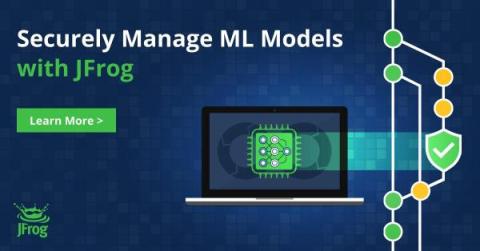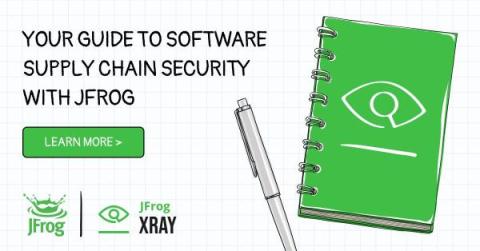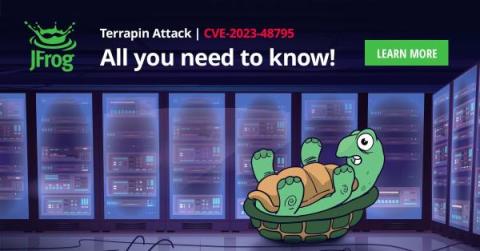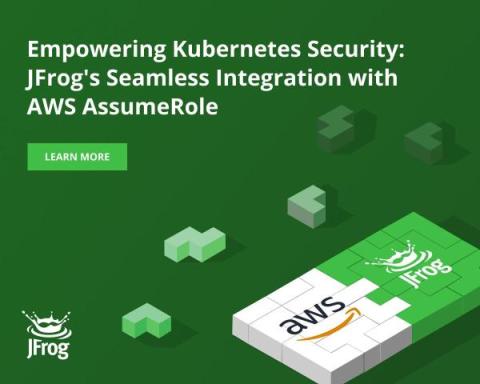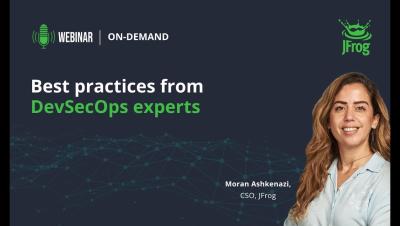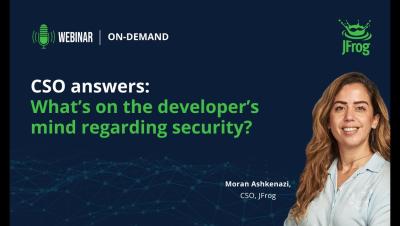Evolving ML Model Versioning
TL;DR: JFrog’s ML Model Management capabilities, which help bridge the gap between AI/ML model development and DevSecOps, are now Generally Available and come with a new approach to versioning models that benefit Data Scientists and DevOps Engineers alike. Model versioning can be a frustrating process with many considerations when taking models from Data Science to Production.


